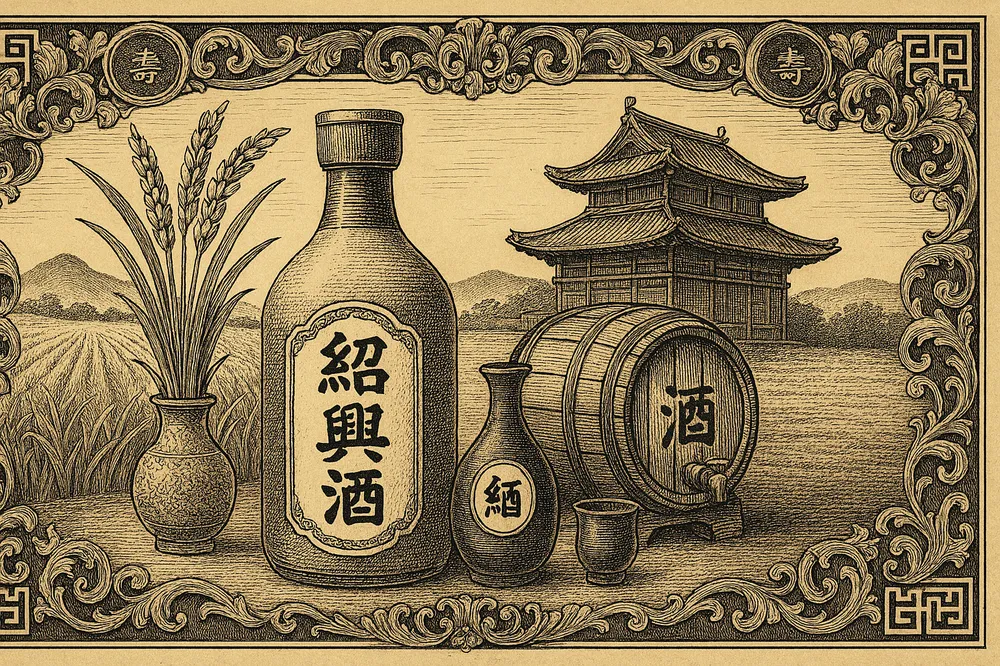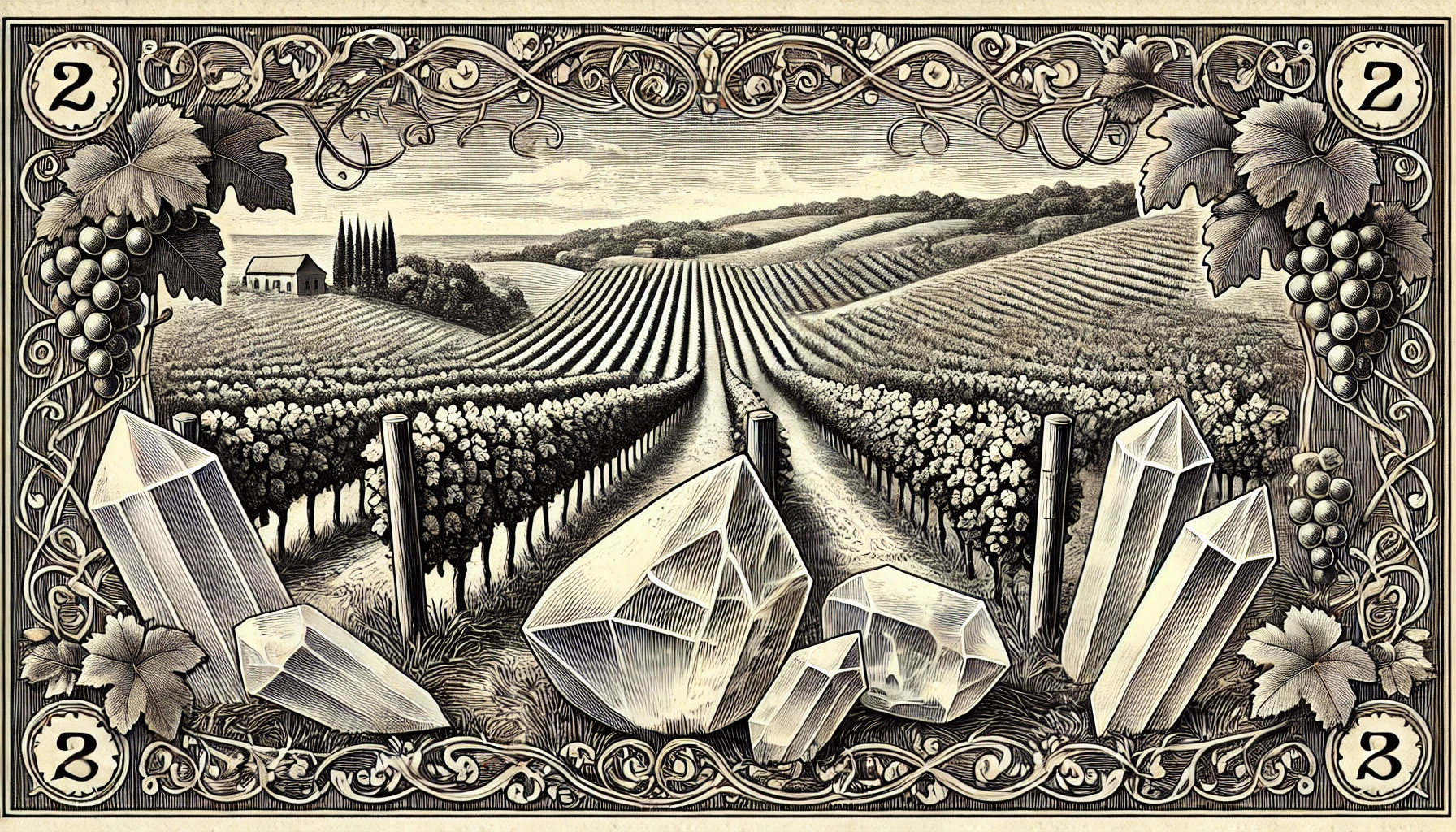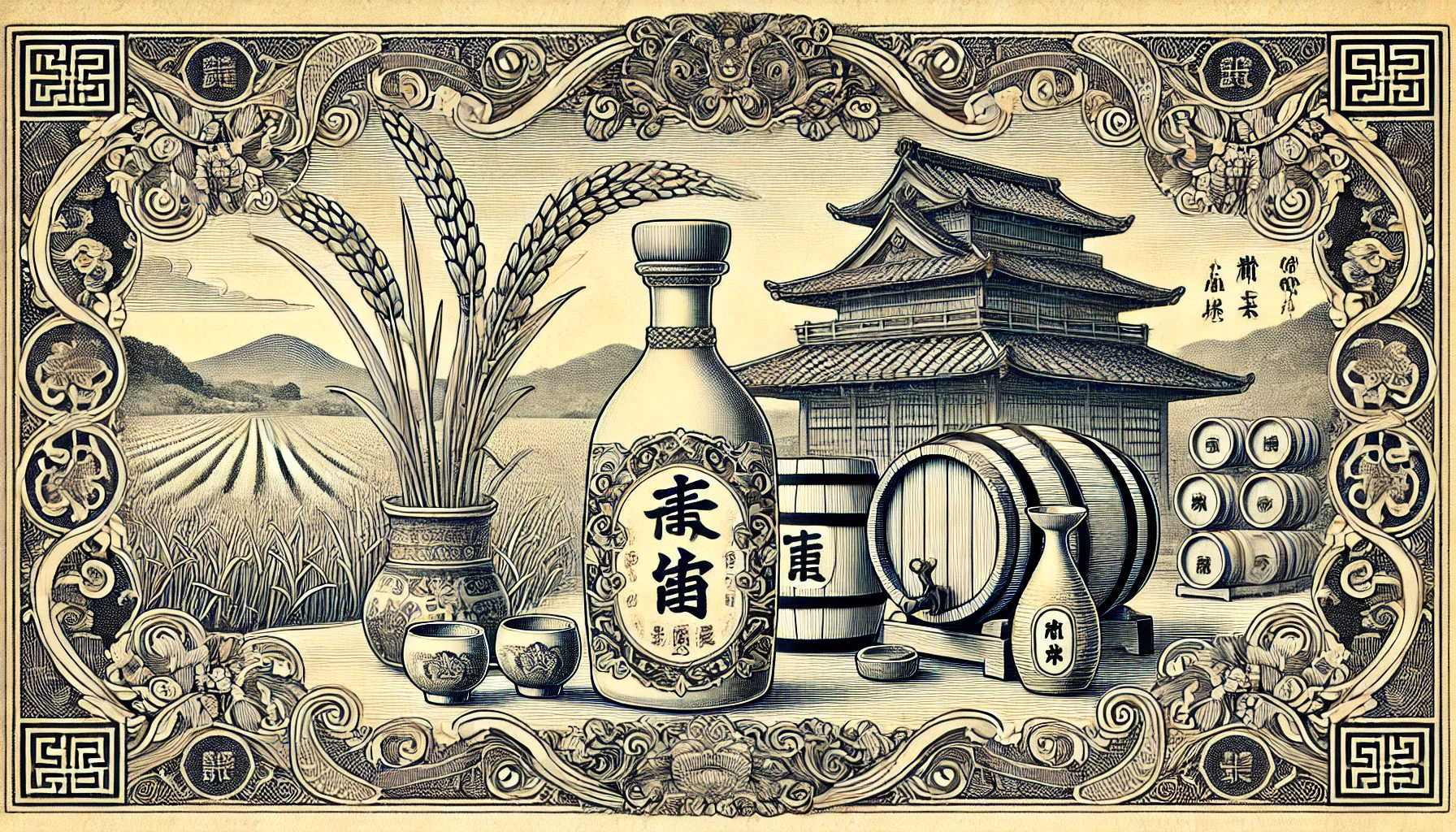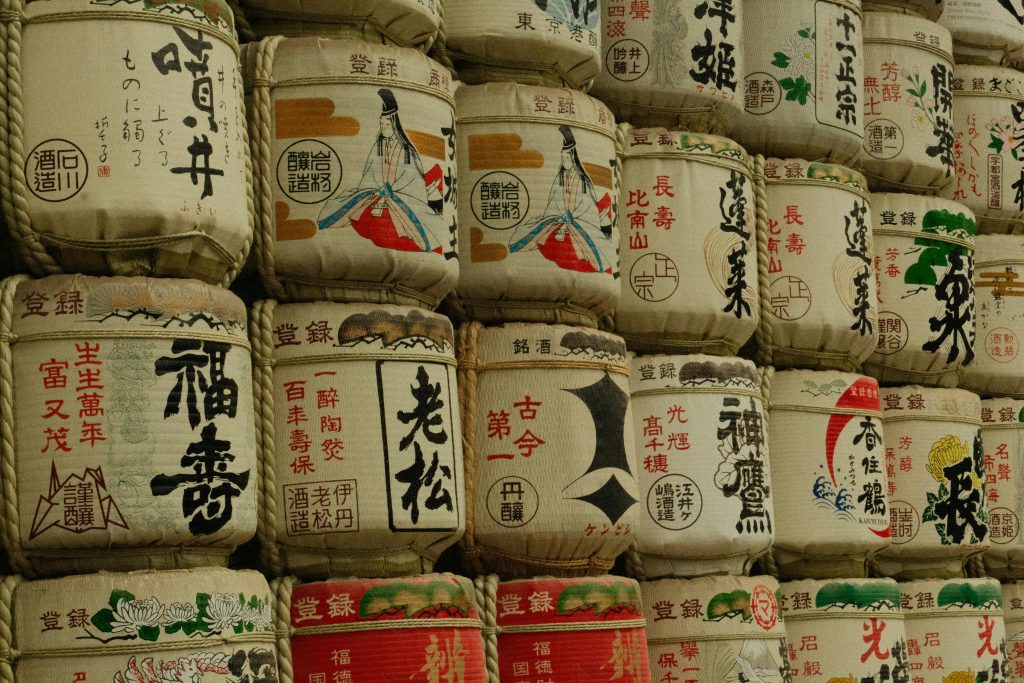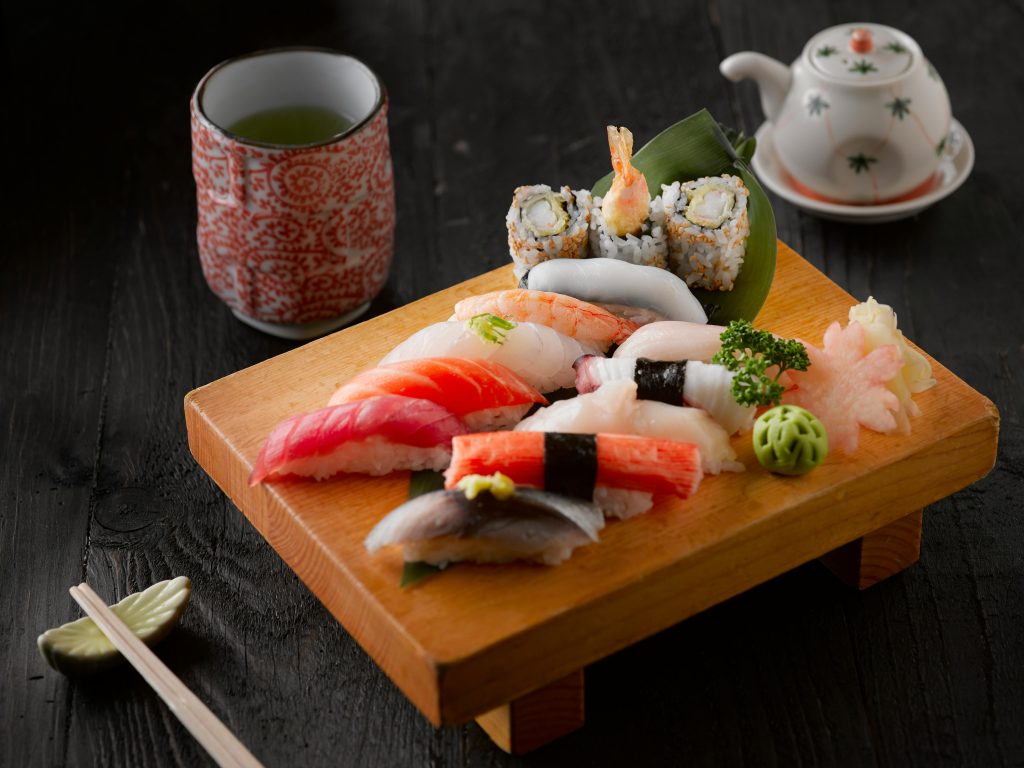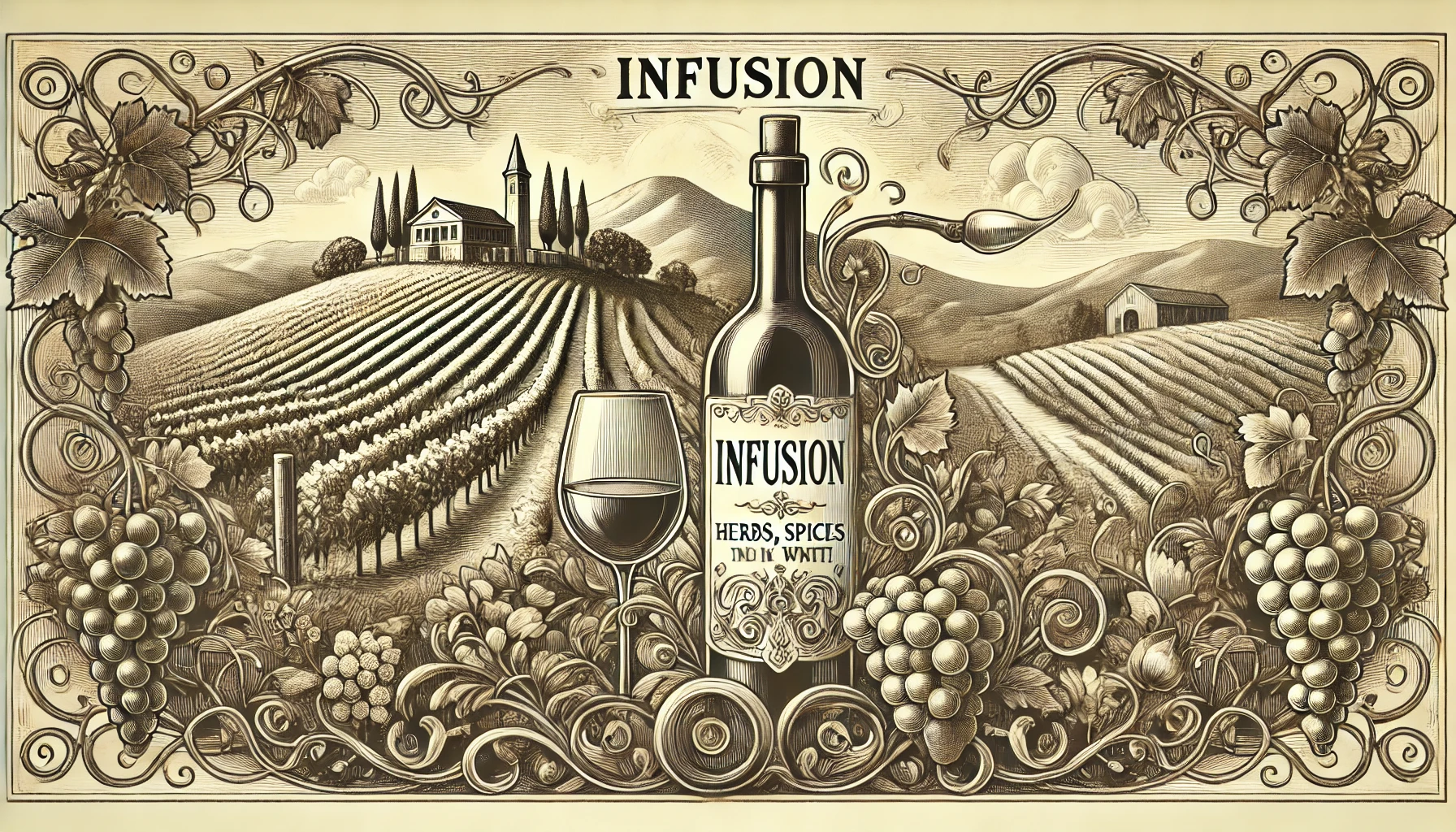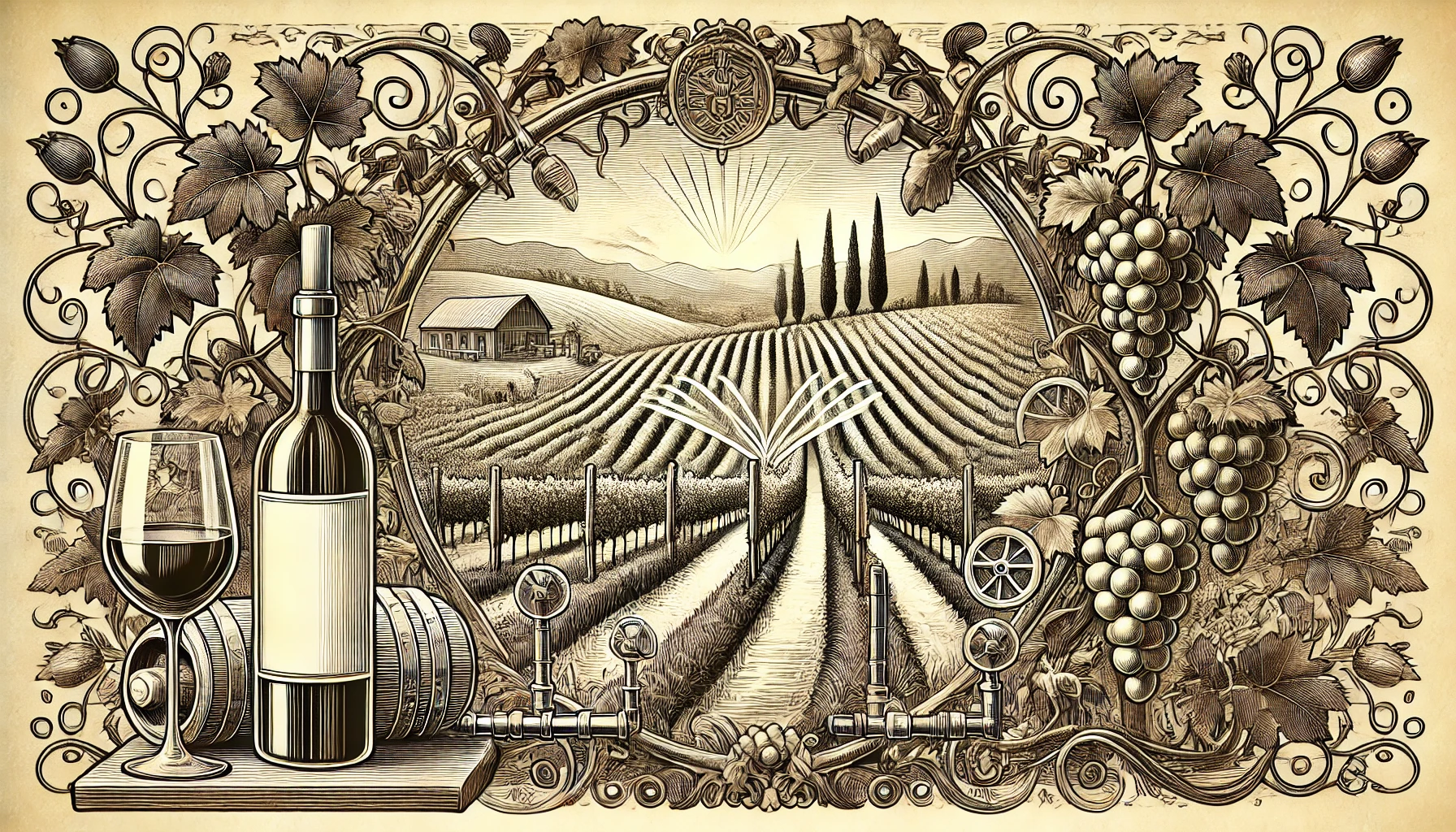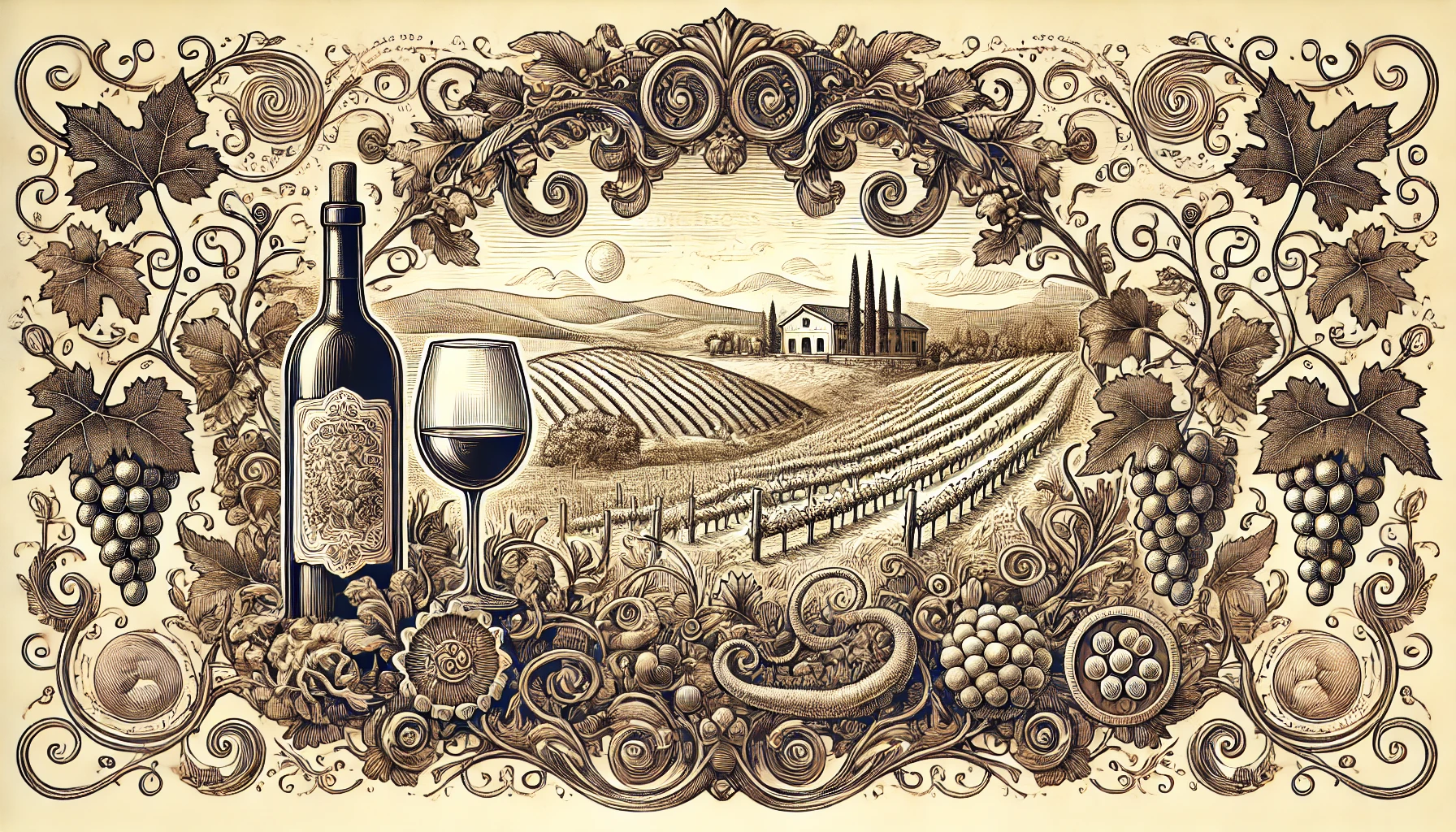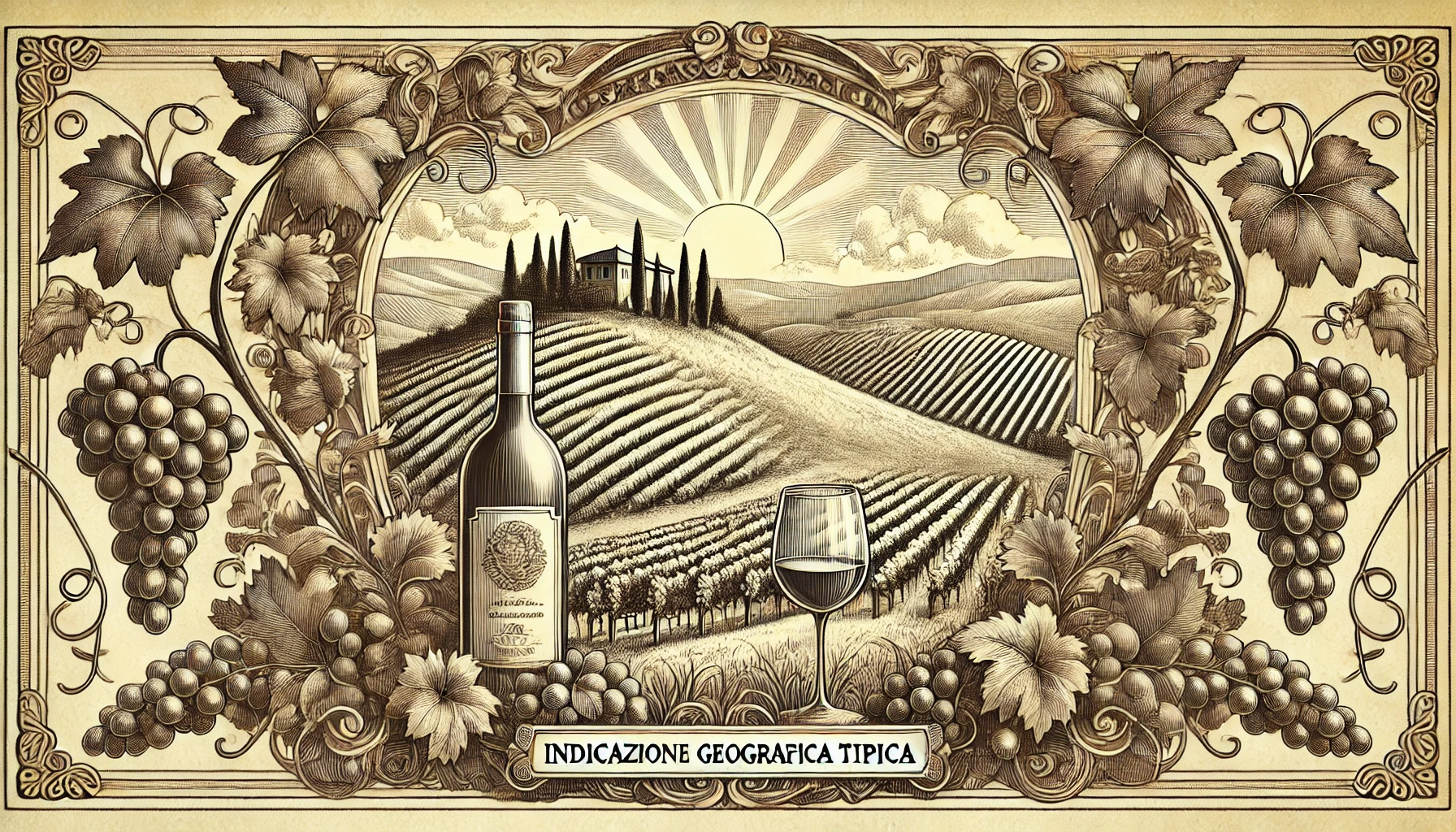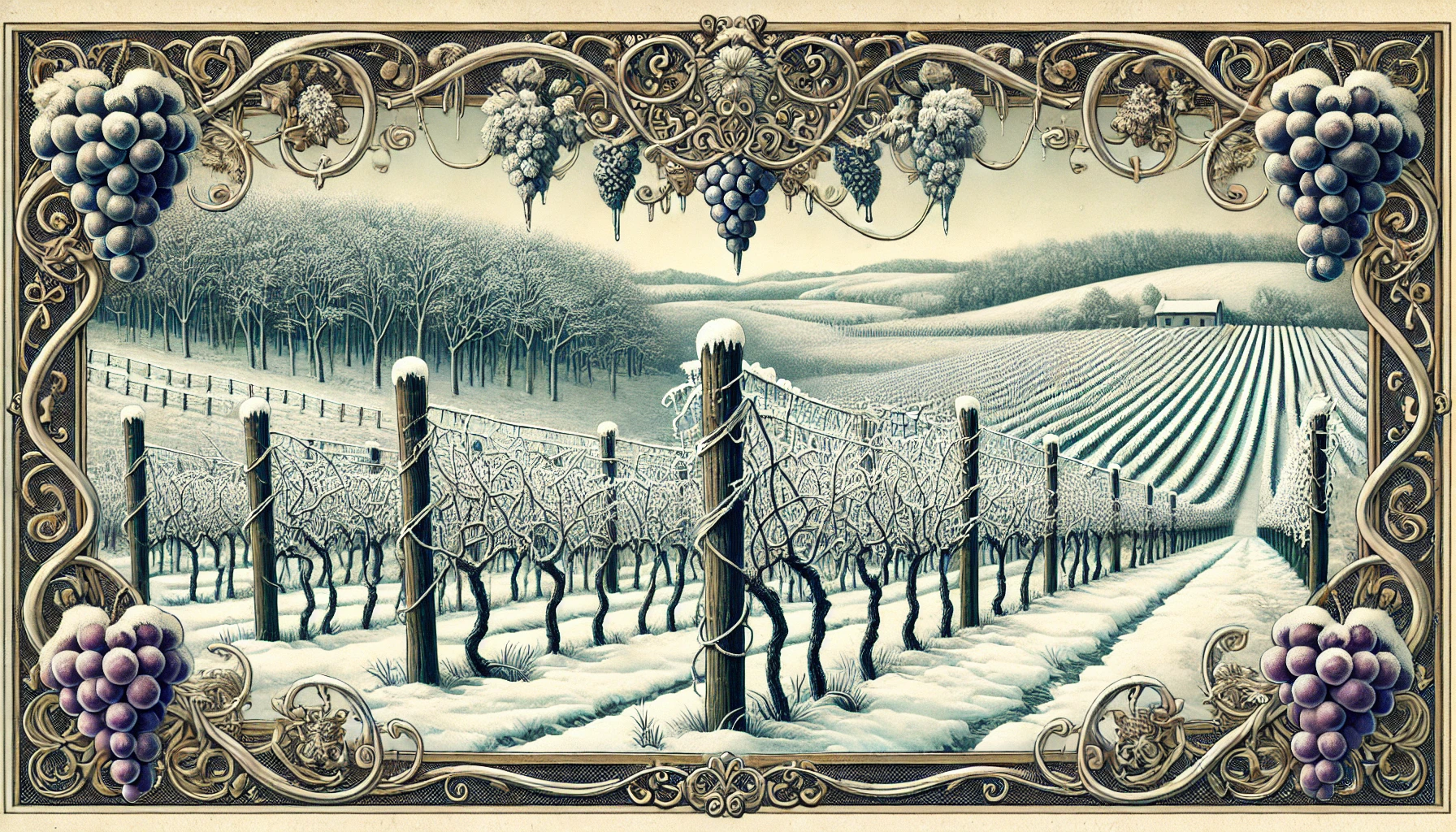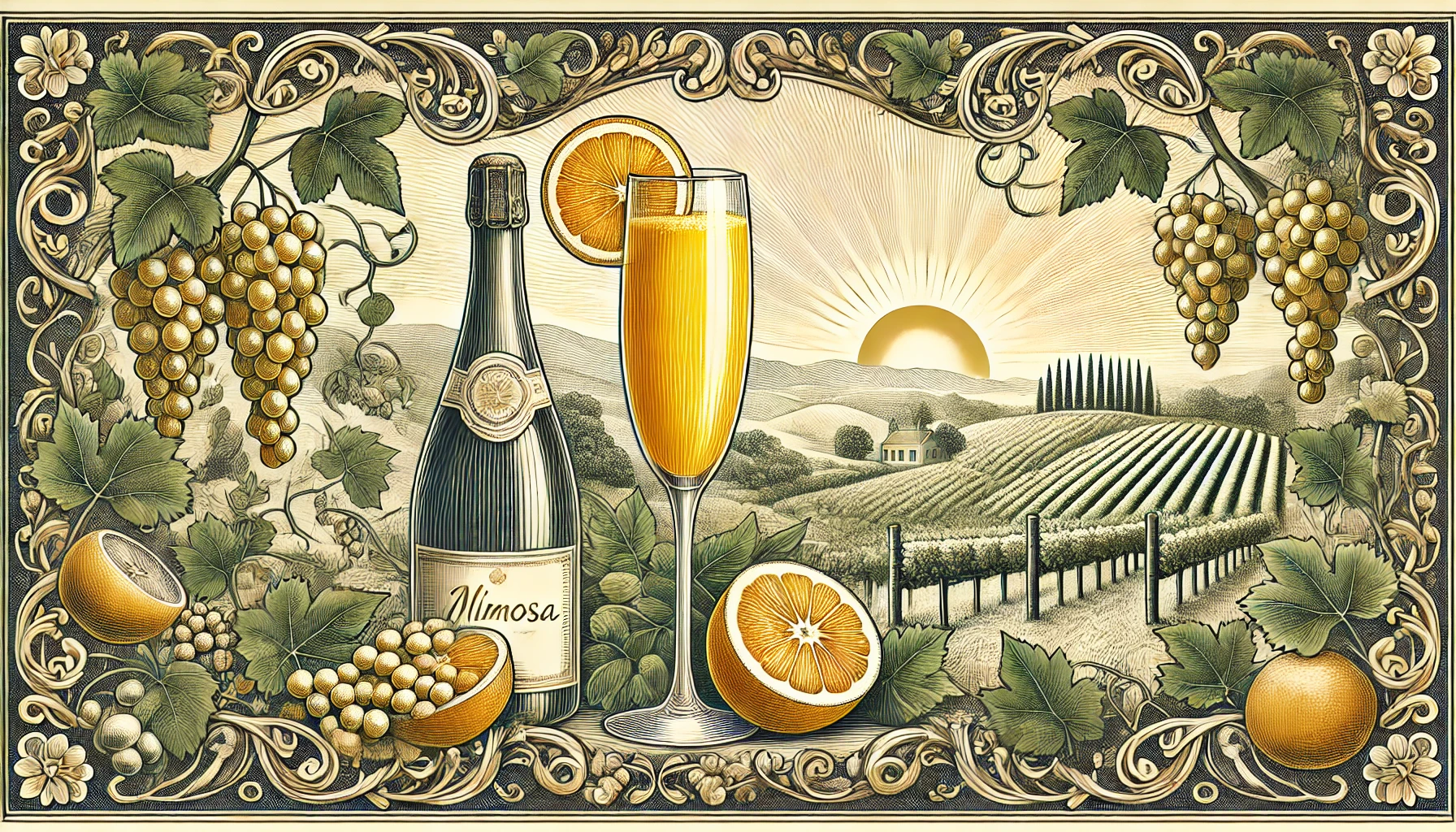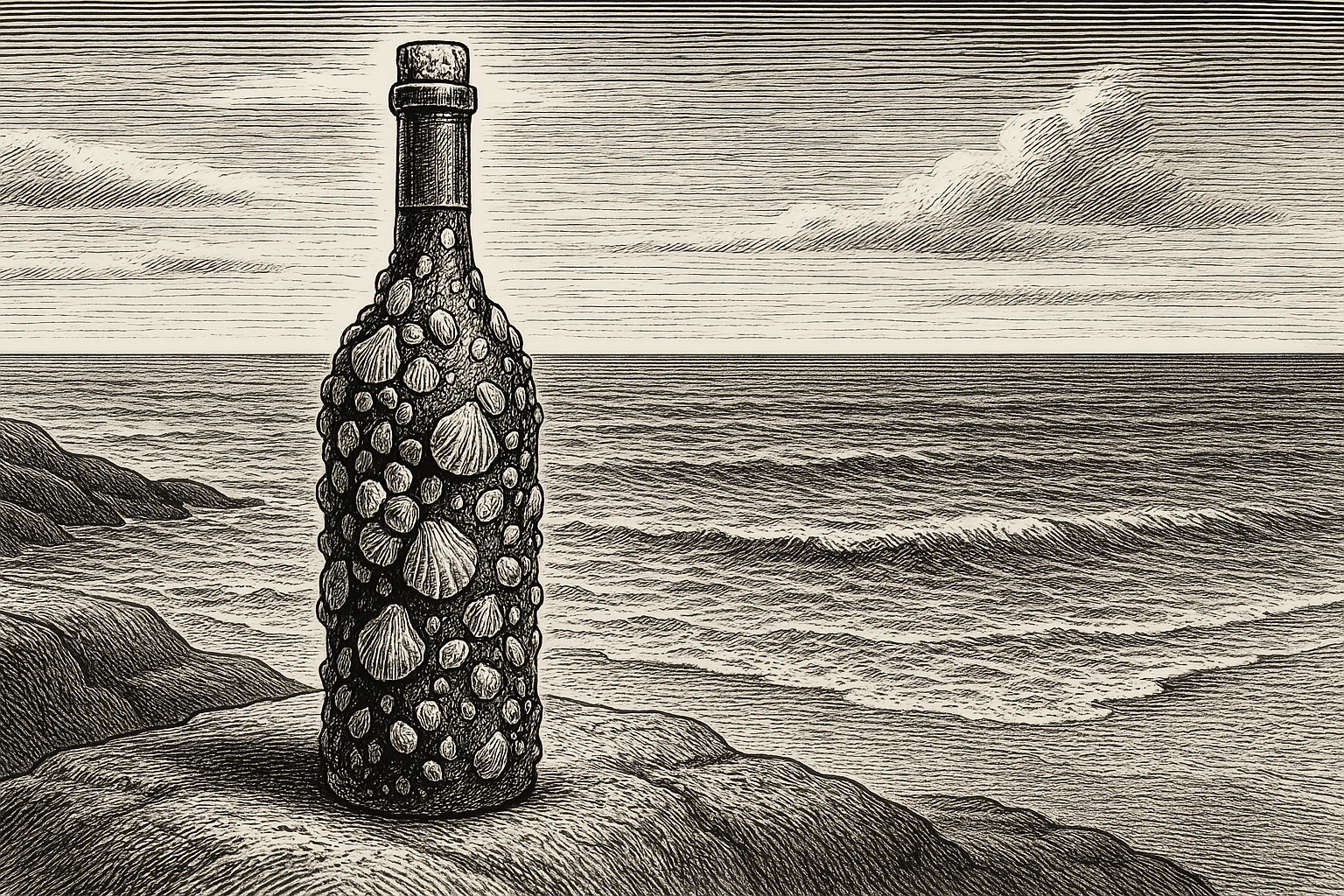
Merroir is a blend of the French words mer (sea) and terroir. It describes how characteristics of a marine environment—such as salinity, temperature, currents, and local biota—shape the sensory profile of foods and beverages produced in or influenced by the sea. The term originated in shellfish discussions (especially oysters) and is increasingly referenced in wine discourse in two distinct ways:
- the maritime influence on grapes and wines grown or matured near coastlines, and
- the submersion or underwater aging of bottled wine.
While “merroir” has no formal legal definition in wine regulation, its use parallels the established concept of terroir, which the International Organisation of Vine and Wine (OIV) defines as the interaction of environmental conditions and vitivinicultural practices that impart distinctive characteristics to a product.
Origins and Primary Usage (Shellfish)
The earliest consistent usage of merroir appears in shellfish science and industry writing, where researchers and educators describe how local water chemistry, salinity, temperature regime, plankton composition, and estuarine dynamics contribute to the “taste of place” in oysters. University extension materials explicitly frame merroir as the marine analogue to terroir for oysters.
Recent scholarship also notes that “oyster merroir” includes environmental and socio-cultural contexts (e.g., aquaculture practices, harvest timing, and community traditions), broadening the concept beyond purely biophysical variables.
Merroir in Wine: Two Uses
1) Maritime Influence on Grapes and Wines
In viticulture and enology, merroir is sometimes used—informally—to capture the set of coastal and maritime factors that can shape grapes and wine style without any submersion of bottles:
- Maritime climate moderation: Coastal sites often experience narrower diurnal ranges, persistent winds, and fog—factors that affect ripening dynamics and acid–sugar balance (a subset of “climate” within terroir).
- Sea-salt aerosols: Sea spray produces airborne NaCl particles that deposit inland; sodium is the most reliable particle-phase marker for sea salt in coastal aerosol studies. Deposition can influence plant surfaces and, at high exposure, stress vegetation.
- Plant responses to salinity: Grapevines and related Vitis accessions exhibit physiological responses to NaCl exposure, with transcriptomic and stress-tolerance patterns observed under controlled salinity treatments. While these are not specific to sea spray alone, they demonstrate mechanisms by which saline influence can affect vine biology.
Takeaway. In this usage, merroir is essentially a coastal subset of terroir—emphasizing marine-adjacent variables (aerosols, humidity, wind, moderated temperatures) that can imprint measurable or sensory effects on grapes and wines. There is credible atmospheric and plant-science evidence for salt-aerosol transport and vegetative impact, although direct, quantified links from aerosol deposition to finished-wine aroma/taste are still limited in peer-reviewed wine literature.
2) Underwater (Submerged) Aging of Bottled Wine
A second, newer usage applies merroir to wines aged underwater—typically in coastal seas or enclosed waters. In these projects, sealed bottles are submerged in cages or amphorae for months to years. Proposed drivers include stable, low light; steady temperatures; hydrostatic pressure; and gentle motion. A 2024 peer-reviewed, open-access study compared cellar vs. sea aging for Merlot and Sangiovese, reporting broadly similar basic chemistry but subtle, significant differences in phenolic profiles, color parameters, and certain sensory attributes after underwater storage.
Regulatory agencies have cautioned that underwater storage may raise food-safety and labeling concerns if bottle seals contact seawater. In the United States, the Alcohol and Tobacco Tax and Trade Bureau (TTB), in consultation with the FDA, has advised that wines aged such that seals contact seawater may be deemed adulterated under the Federal Food, Drug, and Cosmetic Act, potentially rendering them mislabeled under the FAA Act. The Library of Congress has summarized these federal and state-level issues.
Relationship to Terroir
The OIV’s definition of terroir covers soil, topography, climate, landscape, biodiversity, and human practice. Coastal viticulture clearly falls within this framework. Merroir, when applied to wine, is best understood as:
- a descriptive, non-regulated term highlighting marine-adjacent influences already encompassed by terroir; and/or
- a shorthand for underwater aging practices, which are experimental and subject to jurisdiction-specific rules.
Mechanisms and Evidence (Wine Context)
Coastal/Maritime Influence
- Aerosol deposition: Sea-salt particles (NaCl) are a dominant source of sodium and chloride in coastal air; sodium is a robust marker in particulate data. Over time, deposition can occur on foliage and equipment.
- Vegetative & physiological effects: Studies document leaf damage and stress responses in various species under seawater aerosol or NaCl exposure; grapevine salinity-tolerance research (including transcriptomics) illustrates potential pathways for impact. Caveat: dose and exposure regimes in controlled studies may exceed typical vineyard conditions.
- Historical viticultural notes: Observations of salt-impaction risks in near-coastal regions (e.g., Margaret River) underscore context-dependent management needs (windbreaks, site selection).
Underwater Aging
- Chemistry & sensory: Controlled comparisons of cellar vs. sea aging show directional differences in phenolics and color for reds; core parameters (EtOH, pH, TA) remain similar. Sensory divergence appears subtle and style-dependent.
- Governance: Where permitted, projects typically require marine permits and sanitation controls; in the U.S., TTB/FDA positions create substantial compliance hurdles if seals contact seawater.
Comparison: Terroir vs. Merroir (Wine Usage)
| Dimension | Terroir (OIV framework) | “Merroir” – Coastal Viticulture | “Merroir” – Underwater Aging |
|---|---|---|---|
| Core idea | Interaction of environment and practices conferring distinctive product traits | Emphasizes maritime climate and sea-spray/aerosol influences within terroir | Submerging sealed bottles to age under pressure/temperature/darkness |
| Legal status | Recognized concept in wine science/policy (not a protected name by itself) | Descriptive only; no separate legal standing | Experimental; subject to food-safety & labeling rules |
| Mechanisms | Soil, microclimate, topology, biodiversity, human practice | Temperature moderation, winds/fog, NaCl aerosols | Hydrostatic pressure, stable temps, low light, gentle motion |
| Evidence base | Extensive | Moderate (aerosol chemistry; plant salinity studies; viticultural observation) | Emerging (comparative cellar/sea studies) |
| Typical claims | Place-specific sensory profile | Coastal “lift,” saline/mineral notes; preserved acidity | Subtle shifts in phenolics/color; textural integration |
Scope and Limitations
- Terminology: Unlike terroir, merroir lacks consensus definition in wine regulation or standards bodies; it remains a journalistic and scholarly shorthand, especially outside shellfish contexts.
- Attribution challenges: Distinguishing “marine” effects from other site variables is methodologically difficult (confounding climate, soil, and viticultural practice).
- Underwater aging variability: Outcomes depend on depth, duration, sealing quality, currents, and temperature. Reported effects are modest and heterogeneous across studies and producers.
- Regulatory risk: In several jurisdictions, underwater aging faces sanitation and labeling scrutiny; compliance frameworks continue to evolve.
References
- OIV – International Organisation of Vine and Wine. “Definition of vitivinicultural ‘terroir’.” (Accessed 2024). oiv.int
- University of Rhode Island / Marine Extension. Merroir: The Good Taste of Oysters. 2019. PDF. web.uri.edu
- Mercanti, N., et al. “Comparative Analysis of Cellar and Sea (Underwater) Aging on Chemical Composition and Quality.” Foods (2024). Open access. PMC
- TTB (Alcohol and Tobacco Tax and Trade Bureau). Advisory on Underwater Storage of Wine. Mar 17, 2015. PDF. ttb.gov
- Malm, W. C., et al. “Chemical markers for sea salt in IMPROVE aerosol data.” UC Davis, Air Quality Research Center. Technical report. airquality.ucdavis.edu
- Carrasco, D., et al. “Coastal wild grapevine accession (Vitis vinifera ssp. sylvestris): transcriptomic responses to NaCl.” Plants (2022). MDPI
Note: This entry uses neutral, evidence-based language. “Merroir” remains a descriptive term in wine writing; for shellfish, it is widely used in both academic and industry contexts. Where wine is concerned, coastal influences fit within the OIV’s terroir framework, while underwater aging is an experimental practice with emerging literature and evolving regulatory scrutiny.
